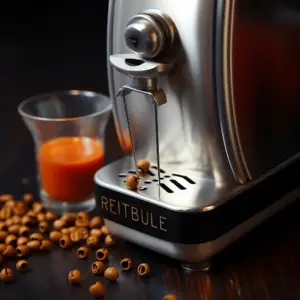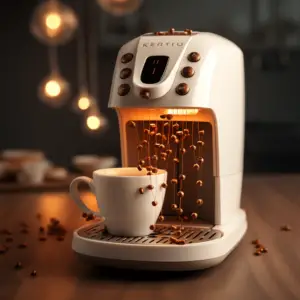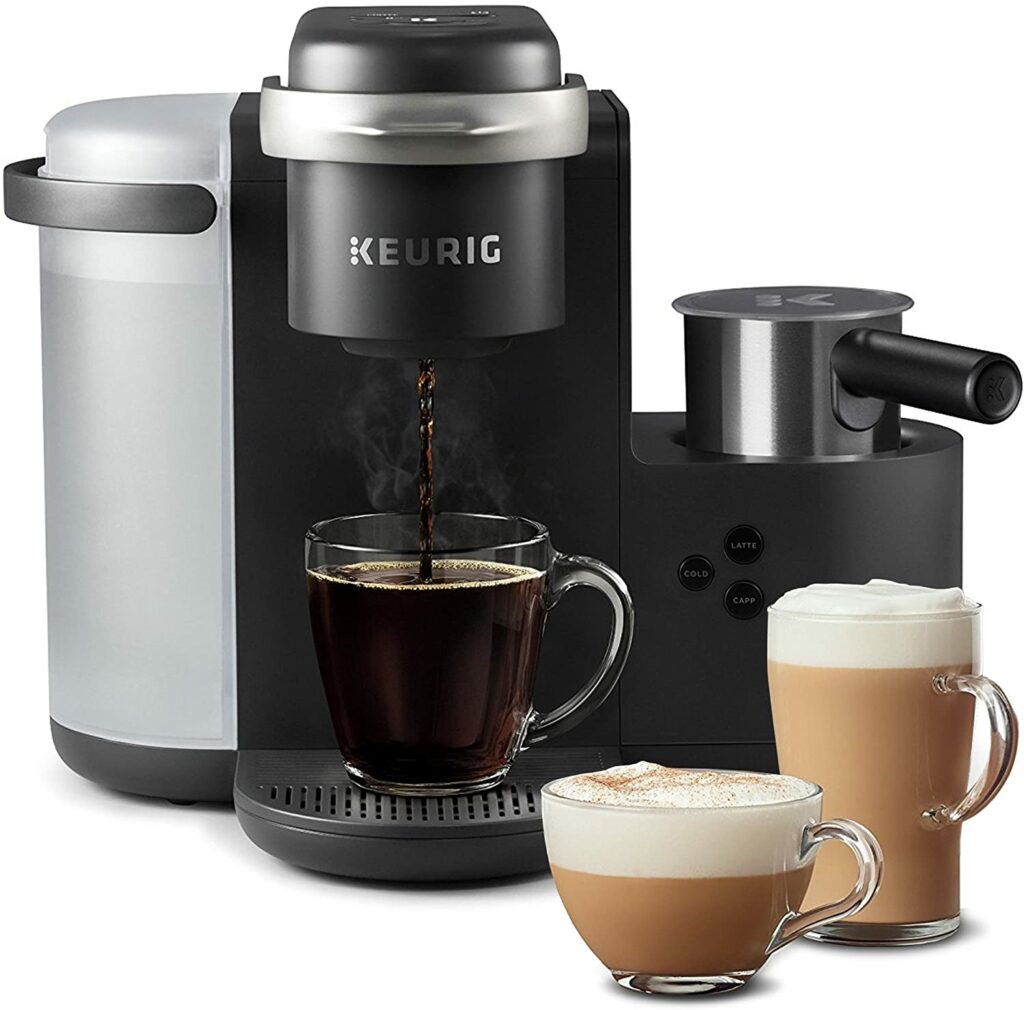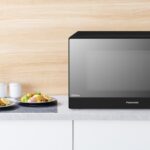Keurig Needle Issues, Making the best cup of coffee requires time and effort. Being precise is also vital if you want an aromatic and flavorful cup of coffee. Different devices have been created to do this for you to save you time and make the coffee taste good. These devices try to maintain the flavor of your coffee as it should be.
One such machine is the Keurig. But just like any other machine in your home, the Keurig may stop functioning due to certain problems and errors. This interferes with your ability to unwind and enjoy a cup of coffee.
The most common problem with the Keurig is the bottom needle not puncturing. In this article, we will walk you through the common causes of the bottom needle of a Keurig not puncturing and what to do about it.
Table of Contents
Keurig bottom needle not puncturing: Reasons Why

The needle is typically the primary factor in the failure to puncture. However, that does not imply that the needle is always to blame.
It might have something to do with the cup or something else. Let’s talk about various causes below:
Wrong cup
No hole is always made at the cup’s bottom. You may be using the wrong cup type. Ribbed cups like Gevalia prevent needle punctures.
The pin will continue to push in an attempt to make the hole, but due to the nature of the cup, it will not succeed. What you must do is obtain the proper kind of cup.
Use a cup that is appropriate for the needle.
Disposition
Even the right cup won’t generate holes if positioned incorrectly. This is because your Keurig needle may not touch the cup.
The cup must be properly set. The base of fill N has two slots. The fill and k-cup should be arranged so the cup punctures any of these slots. Ensure the needle touches the cup to work.
Bent Needle
If there are no punctures at the cup’s bottom after setting the cup, the reason could be that the needle has been knocked out of place.
Because of this, the needle will travel sideways rather than to the proper place, even if you position the cup. Several things can cause a needle to bend. This includes placing the wrong cup and excessive use of the needle.
Ensuring the cup is always placed carefully is what you need to do to avoid this.
You can try bending the needle back using a slight force or replacing the needle to solve the issue.
Clogged Needle
Due to the placement of the tubes and the coffee grounds, the bottom needle of the Keurig occasionally becomes clogged. It won’t be able to drill holes in the bottom because of this.
Cleaning the entire machine, including the needle, is the best course of action to take. If you keep your machine well maintained and clean it properly after each usage, you can also avoid the issue.
Broken Needle
A broken needle will not puncture any holes. You will need to replace it for your machine to work. To replace the needle:
- Use a screwdriver to open the machine
- Get rid of the damaged old needle
- Get a needle that matches your device and is compatible with it
- Replace the old needle with the new one
- Close the machine
- Test the machine
How To Properly Care for Your Keurig Machine

Below are the things you can do to ensure proper care for your Keurig machine:
- First, confirm that you frequently descale your machine. The descaling should be done every three months, according to Keurig. Descaling your machine aids in removing any calcium buildup that may have gathered and may be resulting in needle obstructions.
- Second, whenever possible, use fresh water. Distilled or filtered water can lessen mineral accumulation on the needle and enhance performance if you reside in a region with hard water.
- Third, always use the K-Cup pod made for your particular Keurig model. The wrong pod can hinder the needle’s ability to penetrate the pod and result in blockages.
- Fourth, avoid overfilling your water tank. When brewing, a full container can result in excessive water pressure, which, once more, can create blocked needles.
- Fifth, check to ensure the K-Cup lid is securely fastened before brewing and that it is free from fractures and damage. A broken lid could also hamper the appropriate piercing.
- Sixth, use a cup with a minimum capacity of 10 ounces. The Keurig may attempt to brew more than one cup at a time if you use a smaller mug, which could lead to overflowing and increase pressure on the needle, which could obstruct good piercing.
- Seventh, keep your K-Cups only in a cold, dry location. Even though they seem in good shape, they can need to be replaced if you keep them in a moist environment or leave them out at room temperature for too long.
- Last but not least, clean your Keurig thoroughly and frequently! Coffee oils can accumulate inside it over time, reducing performance and making proper cleaning more difficult. Vinegar can be used to accomplish this rapidly without disassembling anything.
Frequently Asked Questions
Can a Keurig Needle be Changed?
The Keurig needles are replaceable and available for purchase. However, locating a bottom needle replacement is simpler than locating a puncture needle. To replace them, you’ll need to change the whole part, and not just the needle.
What Keurig Model Do I Have?
The Keurig model you own can be determined in a relatively straightforward manner. Pick up your Keurig and look at the bottom of it. There ought to be writing there. The writing displays the model of Keurig you own, or at the very least the serial number so you can check it online. For maintenance and part replacement, knowing your specific model can be crucial!
Conclusion
Coffee makers are becoming prevalent in daily life. They are pretty typical among coffee enthusiasts. After reading this article, we hope you know what to do the next time your Keurig bottom needle stops puncturing rather than panicking.


